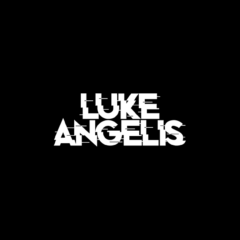Disco Demolition:
On July 12th, 1979 the White Sox were set to play the Detroit Tigers in a high-stakes baseball game. The capacity of the stadium is 44,000 but the attendance was over 50,000. However, people did not come for the game, they came for the event that took place before. This was known as Disco Demolition Night. 1,000s of disco records were burned in the center of the field creating mass riots. The game never actually took place. Although this was a bad night for disco lovers, a new chapter was about to begin. In the very same city where Disco died, House music was reborn. Within just a few years, Chicago’s biggest music producers were sampling old disco records and putting them over hard-hitting electronic drums. At this time house was born. One of the godfathers of house Frankie Knuckles called this movement ‘Discos Revenge’, and it truly was. Within a few years, House had already expanded across the globe, but mainly into the UK.
House music development:
After house music made its way into the UK, record shops were getting an abundance of people asking for the house records that they had heard at clubs. The buzz around house music was huge. This was all happening at the tail end of an underground drug-induced movement which was called the ‘second summer of love. Very clever people capitalized on this opportunity by moving big sound systems out into fields and waiting for people to spread the word. These illegal raves could sometimes collect over 30,000 paying customers who are purely there for house music. House music gained even more recognition when Black Box’s ‘Ride On Time’ hit number 1 in the pop chart and stayed there for 6 weeks. the record captures everything a good house track should have. Bass, drums, a catchy vocal hook, and chords.
In the late 1980s house subgenres started to form. There was acid house which derived from the song ‘Acid Tracks’ by Chicago producer Phuture. The iconic sound was made by the squelching bassline made on the Roland TB-303 synthesizer. There was Deep House which relied heavily on catchy, soulful melodies and spacious synthesizers. And then there was Italo House. This house subgenre more than any relied on the upbeat rhythm of a digital piano. A good example of Italo house is ‘Ride On Time.
3 years before ride on time, Chicagos Marshall Jefferson released ‘Move Your Body’ which was dubbed the house music anthem. It’s this song that laid the blueprint of how catchy piano chord progressions should be used in house tunes.
The rise of house music:
Towards the end of the 1990’s House music because of a global genre. Everyone from the UK to Australia was filling dance floors with a 909 kick drum. It was all inevitable as house music slowly became a cultural phenomenon. House music didn’t stop growing there. All the way up to the present day new artists have emerged with new and exciting takes on house music. The electronic genre has taken over big events and festivals, which without the help of the music made in Chicago back in the ’80s, none of this would have happened. House music continues to grow and new music continues to get released, all while still paying homage to the godfathers of house that built this foundation for us.

